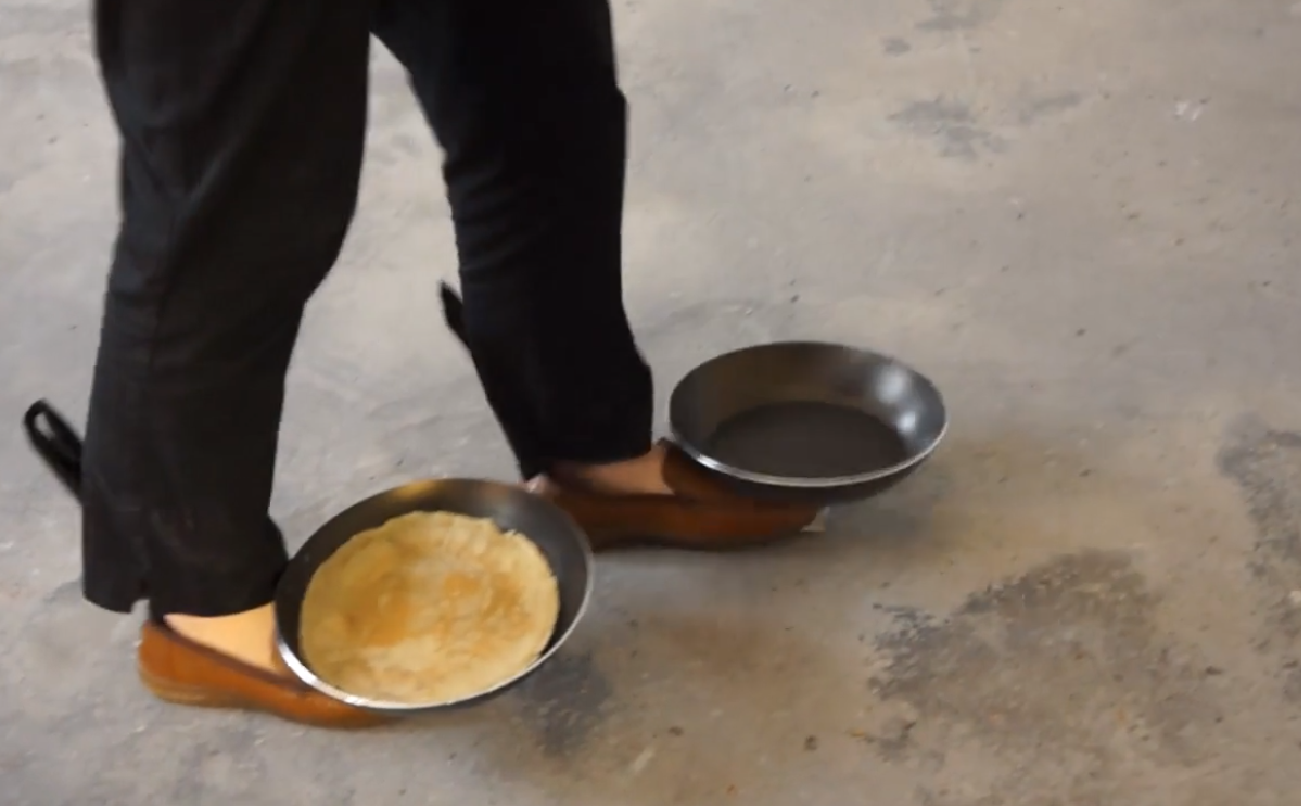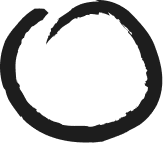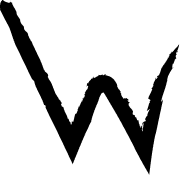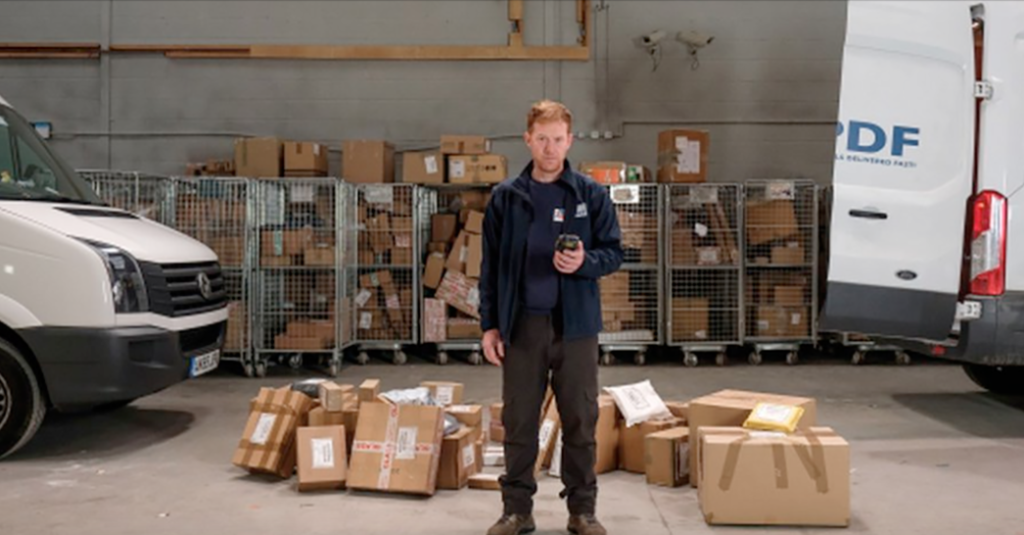Wittgenstein stop motion
The short films by the artist Ana Vasof seamingly effortlessly compete with Wittgenstein’s Philosophical Investigations (1953) in the ethno-methodological investigation of practices. Filmic miniatures, whose ludicrous technical arrangements force us to think in a similar way to Wittgenstein’s anecdotal thought experiments and provide examples to explain theories of practice (Nicolini 2012).
In the 4‑minute film “Down to earth”, something as trivial as putting one’s foot in front of the other transforms into a constant restaging of representative small absurdities and provide a staccato of her art. Has anyone ever tried to strap on two pans onto their feet and flip pancakes while walking? And this is only one of about twenty different “gaits” she performs in this video.
The question “what if?” runs like a thread through the young artist’s work and is thus the starting point for philosophical reflections on practice. What if everyday practice took place as it does in the video, and not as it actually is? And isn’t the ordinary act of walking, seen from a different angle suddenly as absurd?
In the film ‘Anachronism’, Vasof sums up the concept. She uses a file to rasp a clamped clock radio down, on which a countdown is running, so that in the end only granules remain. She then fills the granules into an hourglass and thus creates a pre-modern form of timekeeping. The anachronism is defined by the reversal of industrial production and handicraft as well as by the reversal of digital and analogue. One cannot watch the film without smirking about digitalisation.
Destruction is also the means in “Machine” (2015). The motif is similar: How can something only work through its destruction? The systematic smashing of porcelain plates, decorated with toothed cogs, as well as a little bit of stop motion technique finally set the cogs in motion. One inevitably feels reminded of Chaplin’s Modern Times (1936). Like Chaplin, David Mitchell (Jake Gyllenhaal) is trapped in the feature film Demolition (2015). In the end, he also combats his depression and alienation with the positive power of destruction and thus gets his life back under control. The hammer’s duality as a symbol for work and destruction. Ana Vasof and Jake Gyllenhaal know how to put it into film.
References:
Ana Vasof’s Website, https://annavasof.net/
Nicolini, Davide (2012). Practice theory, work, and organization: An introduction. Oxford University Press
Wittgensteins, Ludwig (1953). Philosophical Investigations.
Ana Vasof, Down to Earth, 2014
Ana Vasof, Machine, 2015
Ana Vasof, Anachronism, 2015
Jean-Marc Vallée, Demolition, USA 2015

Ana Vasof, Down to Earth, 2014, Filmstill
© Ana Vasof
Wittgenstein stop motion
The short films by the artist Ana Vasof seamingly effortlessly compete with Wittgenstein’s Philosophical Investigations (1953) in the ethno-methodological investigation of practices. Filmic miniatures, whose ludicrous technical arrangements force us to think in a similar way to Wittgenstein’s anecdotal thought experiments and provide examples to explain theories of practice (Nicolini 2012).
In the 4‑minute film “Down to earth”, something as trivial as putting one’s foot in front of the other transforms into a constant restaging of representative small absurdities and provide a staccato of her art. Has anyone ever tried to strap on two pans onto their feet and flip pancakes while walking? And this is only one of about twenty different “gaits” she performs in this video.
The question “what if?” runs like a thread through the young artist’s work and is thus the starting point for philosophical reflections on practice. What if everyday practice took place as it does in the video, and not as it actually is? And isn’t the ordinary act of walking, seen from a different angle suddenly as absurd?
In the film ‘Anachronism’, Vasof sums up the concept. She uses a file to rasp a clamped clock radio down, on which a countdown is running, so that in the end only granules remain. She then fills the granules into an hourglass and thus creates a pre-modern form of timekeeping. The anachronism is defined by the reversal of industrial production and handicraft as well as by the reversal of digital and analogue. One cannot watch the film without smirking about digitalisation.
Destruction is also the means in “Machine” (2015). The motif is similar: How can something only work through its destruction? The systematic smashing of porcelain plates, decorated with toothed cogs, as well as a little bit of stop motion technique finally set the cogs in motion. One inevitably feels reminded of Chaplin’s Modern Times (1936). Like Chaplin, David Mitchell (Jake Gyllenhaal) is trapped in the feature film Demolition (2015). In the end, he also combats his depression and alienation with the positive power of destruction and thus gets his life back under control. The hammer’s duality as a symbol for work and destruction. Ana Vasof and Jake Gyllenhaal know how to put it into film.
References:
Ana Vasof’s Website, https://annavasof.net/
Nicolini, Davide (2012). Practice theory, work, and organization: An introduction. Oxford University Press
Wittgensteins, Ludwig (1953). Philosophical Investigations.
Ana Vasof, Down to Earth, 2014
Ana Vasof, Machine, 2015
Ana Vasof, Anachronism, 2015
Jean-Marc Vallée, Demolition, USA 2015

Ana Vasof, Down to Earth, 2014, Filmstill
© Ana Vasof

Sorry, you missed your life!
Open exploitation can be combatted while subtle forms are not so easily recognizable and harder to fight.

About this blog
By selecting a film or an image, this blog literally illustrates the vast sphere of work, employment & education in an open collection of academic, artistic and also anecdotal findings.
About us
Konrad Wakolbinger makes documentary films about work and life. Jörg Markowitsch does research on education and work. They are both based in Vienna. Information on guest authors can be found in their corresponding articles.
More about
Interested in more? Find recommendations on relevant festivals, film collections and literature here.
About this blog
With picking a film or an image, this blog literally illustrates the vast sphere of work, employment & education in an open collection of academic, artistic and also anecdotal findings.
About us
Konrad Wakolbinger makes documentary films about work and life. Jörg Markowitsch does research on education and work. We both work in Vienna. Information on guest authors can be found in their respective articles.
More about
Interested in more? Find recommendations on relevant festivals, film collections and literature here.


